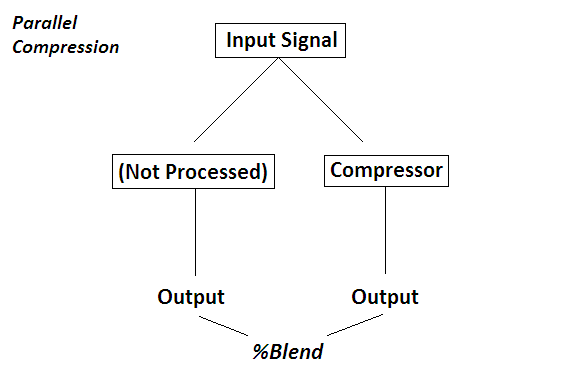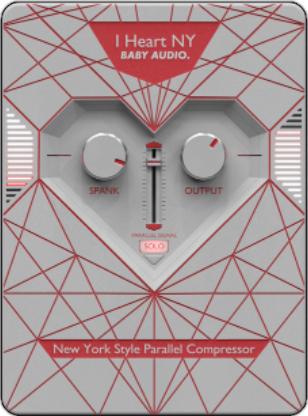In the world of audio engineering, compression is a staple technique used to improve the sound of a recording. Compression can be applied in many different ways, but one of the most popular techniques is parallel compression.
Parallel compression is when the unprocessed signal is mixed with the compressed audio signal. When the two signals are mixed it results in the compressed signal increasing low-volume information in the original signal and allowing for the transient signal to stay intact.
In this article, we will discuss what parallel compression is, and how you can use it to improve your recordings!
How Does Parallel Compression Work?
Parallel compression works by mixing the non-compression audio signal with the compressions signal. The non-compressed (dry) signal on one channel is unaffected by the compression and helps stay true to the original recording.
You can then mix the compressed (wet) version of the dry signal to add the overall volume of the source.
The original sound is mixed with the compressed signal to the taste of the ears. The bus of the track you want to process in parallel may have a more dramatic compression so that you mix the signals used for sending.

With a parallel setup, you can extract more depth from the source signal using strong compression. Or you can choose to use a small amount of compression on the dry channel to kill off the hard transients coming out of the tracking process.
If you have a compressor that provides multi-band compression, such as the iZotope Neutron, you can split your doubled signal into custom frequency ranges and make different compression settings.
You may want to lower the depths so that the compressor can operate in the medium to high resonance range so as not to disturb the mix and balance the mix.
How to Use Parallel Compression?
There are a few different ways that you can use parallel compression, but one of the most popular methods is to send two signals to a compressor – one dry (uncompressed) signal, and one wet (compressed) signal.
By doing this, you can achieve a more polished and professional-sounding recording. Another way to use parallel compression is to send two different signals to two different compressors, and then mix the compressed signals together.
This can help to achieve a more unique sound, as each compressor will add its own unique flavor to the signal.
The Benefits of Parallel Compression
Parallel compression is a great way to improve the sound of your recordings, as it can help to even out the levels and make them sound fuller and more consistent.
Additionally, parallel compression can also help to add depth and dimension to your recordings, giving them a more polished and professional sound.
Parallel compression can allow the final audio to be both louder, dynamic, and contain more transients.

Regular compression allows for more control, but an over-compressed signal can destroy the magic of dynamics in the audio.
If you’re looking for a way to take your recordings to the next level, parallel compression is definitely worth exploring!
The Drawbacks of Parallel Compression
One of the main drawbacks of parallel compression is that it can be time-consuming to set up, and it requires a bit more technical knowledge than some other compression techniques.
Additionally, because parallel compression involves compressing two or more signals simultaneously, it can sometimes result in a loss of clarity in the overall sound. It can also make your recordings sound unnatural and over-compressed.
If you’re new to using compression, it’s important to start with small amounts and increase the amount gradually until you find the sweet spot.
When to Use Parallel Compression?
Parallel compression is a great way to improve the sound of drums, vocals, and other recorded instruments. If you’re looking for a way to add depth and dimension to your recordings, parallel compression is definitely worth exploring.
However, if you’re looking for a quick and easy way to compress your recordings, parallel compression may not be the best option.
Conclusion
In Conclusion, Parallel Compression is a great way to improve the sound of your recordings, but like any effect, when overused it does have some drawbacks.
If you’re looking for a quick and easy way to compress your recordings, parallel compression may not be the best option. However, if you’re willing to put in the time and effort to learn how to use this technique, it can definitely take your recordings to the next level!
